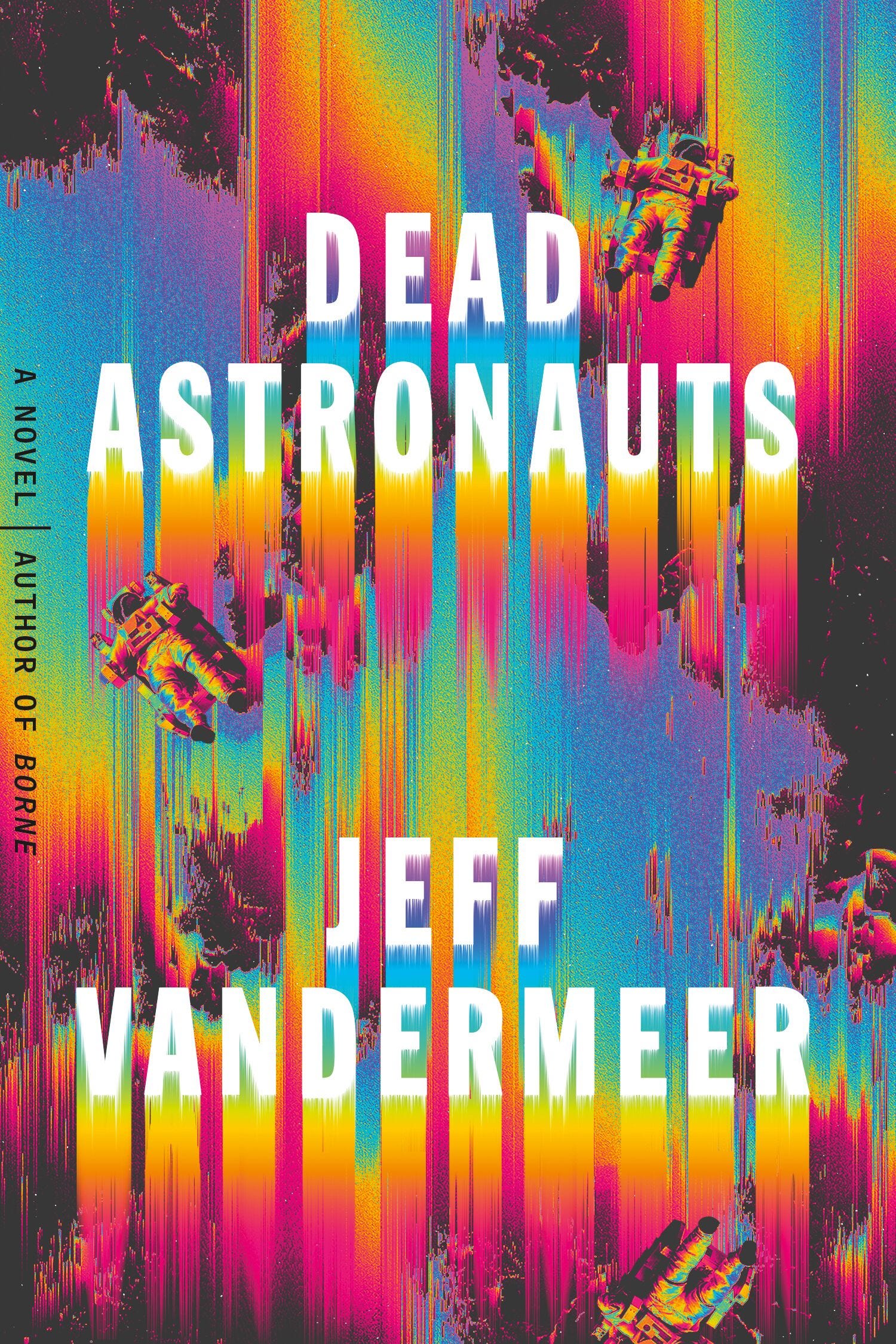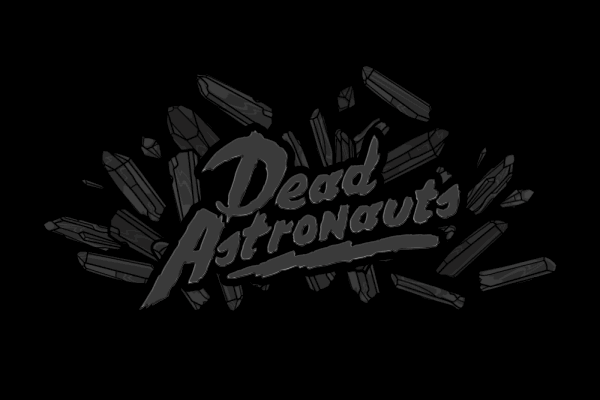

The weird, writes Roger Luckhurst, inhabits an "unnerving edgeland," for it thrives in the blurring of boundaries-between literary genres, cultural categories, human societies, and more-than-human processes. The goal of this article is to discuss the broader stakes and potential of weird fiction's turn to the "meta" in times of ecological crisis. Yet, with his 2019 Dead Astronauts, VanderMeer takes the weird in a new direction by embracing literary self-reflexivity and formal experimentation. Nowhere is this ecological dimension more explicit than in Jeff VanderMeer's acclaimed renditions of the weird: in novels such as Annihilation (2014) and Borne (2017) the human fuses, ambiguously and disturbingly, with nonhuman creatures and ecosystemic processes. 3 The affective atmosphere of weird fiction channels the uncertainty of a world in the throes of climate change and environmental devastation. 2 As numerous commentators have pointed out, the New Weird speaks to a far broader range of issues than the Old Weird, including environmental questions brought into view by today's climate crisis. Lovecraft and Algernon Blackwood-the "Old Weird"-but also distinguishes itself from these predecessors' problematic antihumanism and racism. It draws inspiration from early-twentieth-century works by authors such as H.

Contemporary weird fiction-often referred to as the "New Weird"-is a hybrid literary mode that builds on a combination of fantastic, horror, and science fiction elements.


 0 kommentar(er)
0 kommentar(er)
